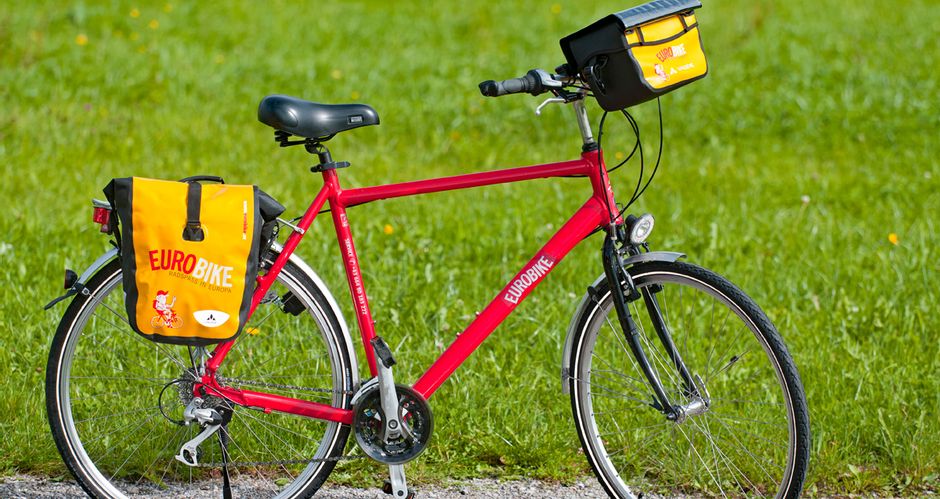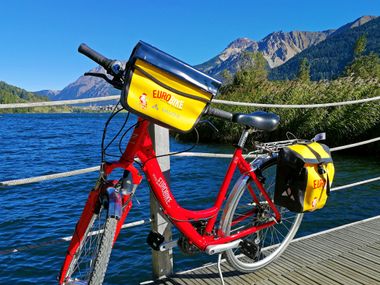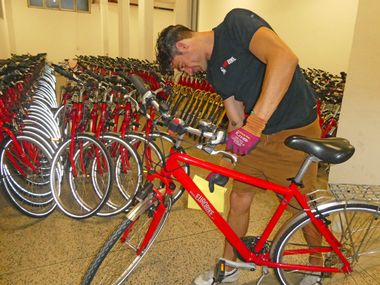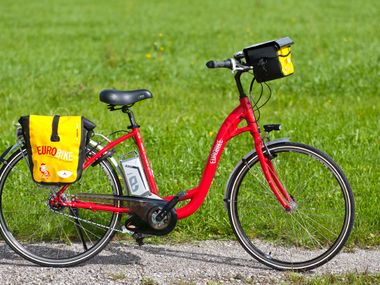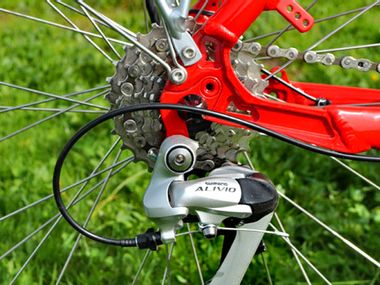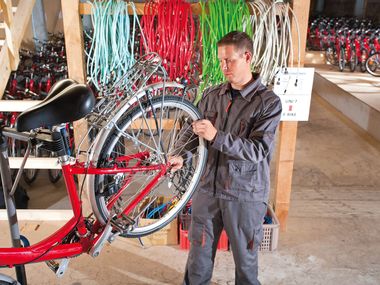Tip 5: Correct storage
Whether hanging, standing, in the garage, cellar or carport, there are plenty of ways to store your bike in winter. But how or where does your bike like it best? If you store your bike together with your car in the garage, salt vapours can develop and settle on your bike, which can lead to rust damage. Therefore, it is recommended to store it in the cellar or in an area separate from the car. To keep the dust off the bike, you should cover it with a tarpaulin. Whether hanging or standing storage is preferred often depends on the space available. If this is limited, hanging wheel storage is a good option. Otherwise, there is nothing to be said against standing storage.
Tip 6: Move your bike in winter
The winter can be long, so the start of the cycling season is often postponed. Nevertheless, you should never forget your beloved bike while it is in hibernation. Out of sight out of mind would be the wrong approach here, because if you want your bike to survive the winter well, you should check and move it every one to two months. As mentioned above, check the tyre pressure to avoid a flat. Pull the brake levers every now and then to keep the brake fluid in the brake seals. Do the same with the suspension elements. By gently compressing the springs, they will also get the oil they need back into the seals.
